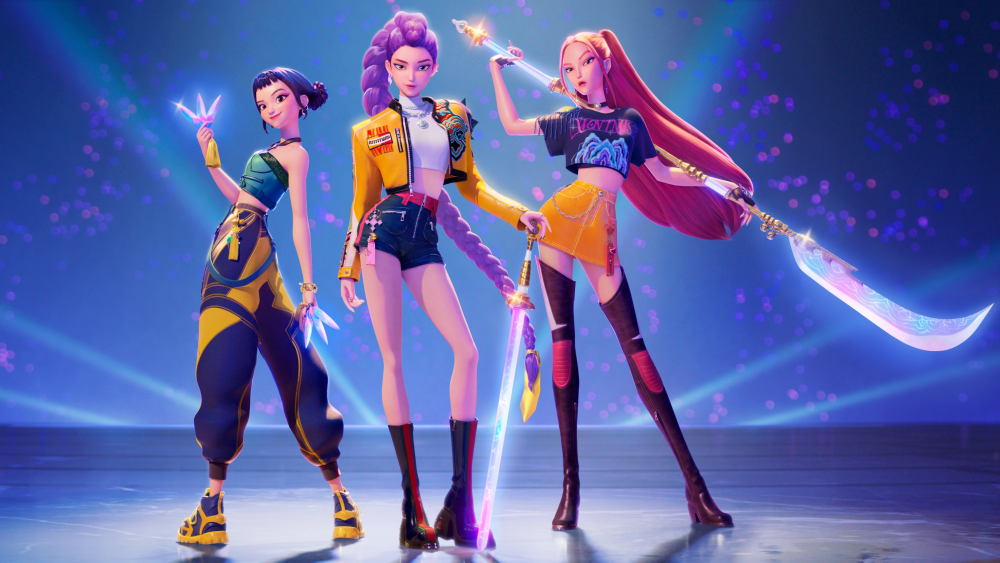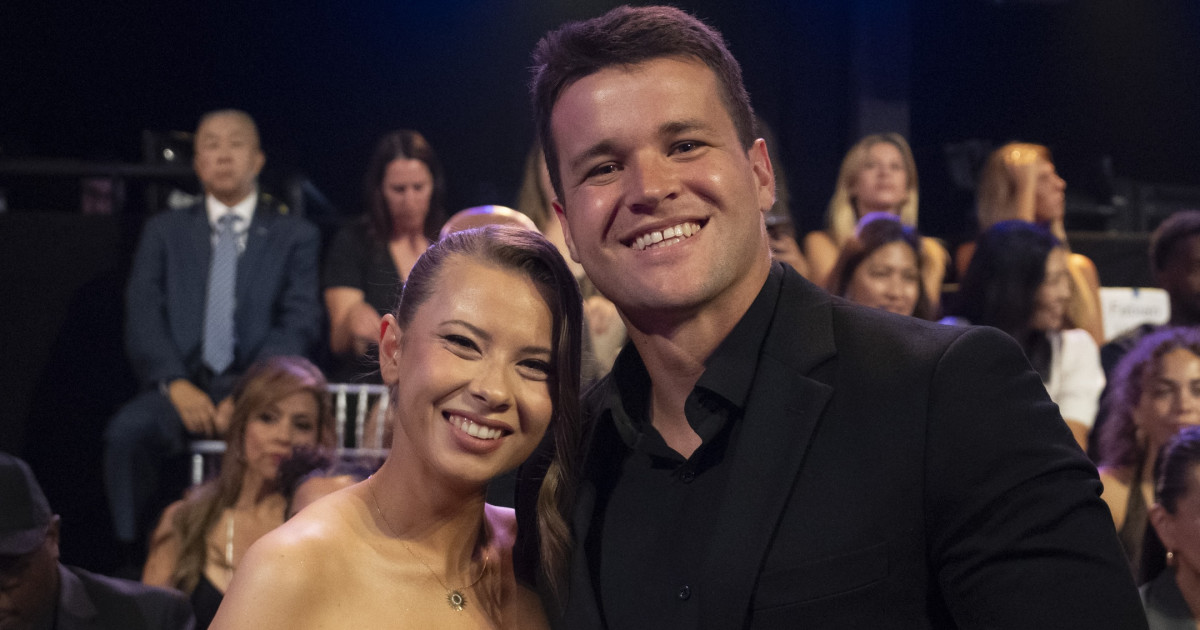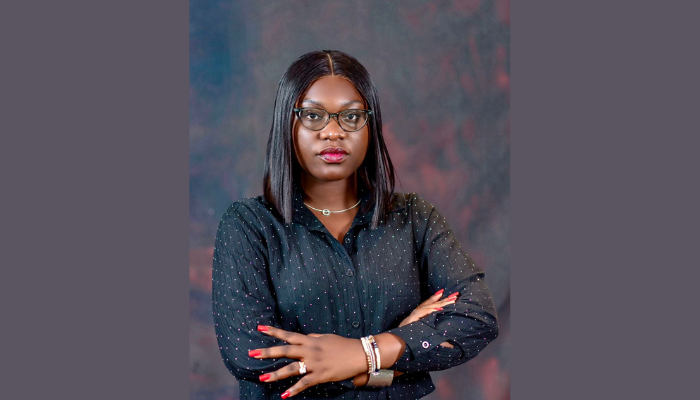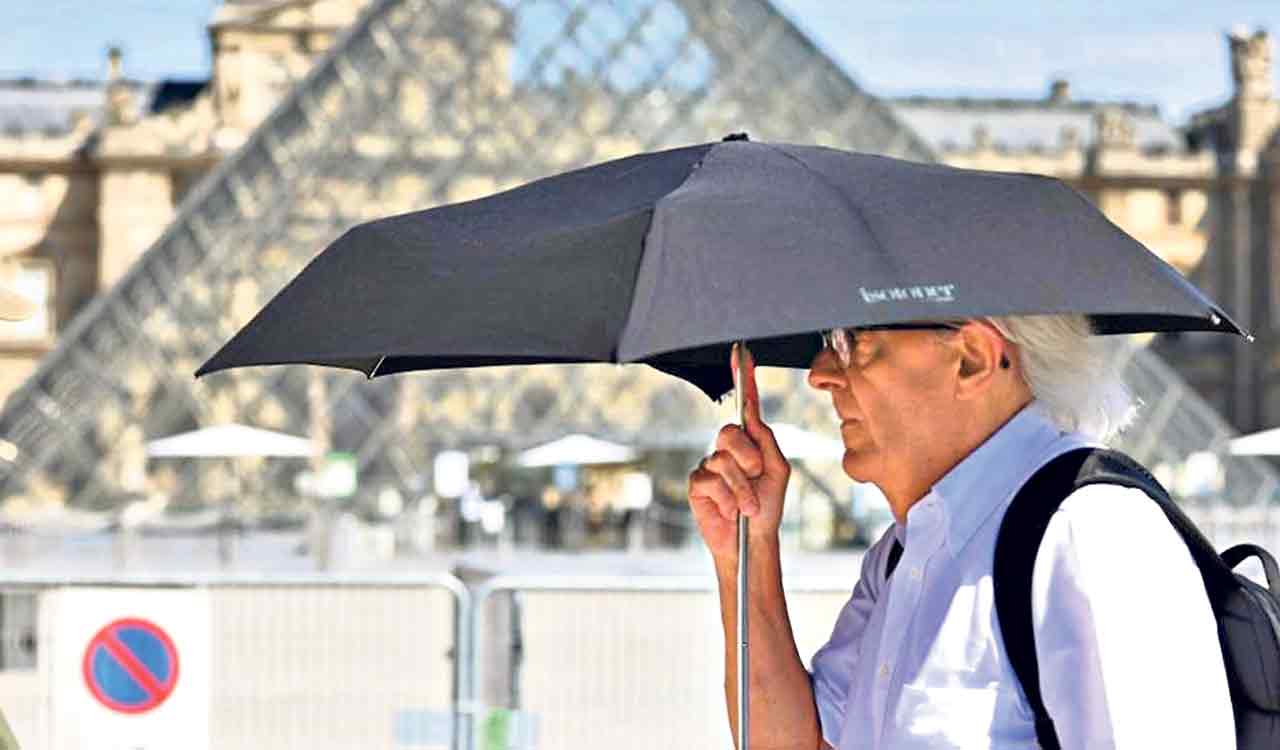Copyright Variety

Within the last handful of years, animation has earned a new level of respect. So many animated films check all of the boxes, from good story, good voice casting, they look beautiful, there’s a message behind them. They make you laugh, cry and, frequently, make you sing along. But there is one other noticeable similarity — it’s women executives in leadership positions who are pushing these animated juggernauts forward. “Whether we’re talking about live action or animation, I think there’s a reason that there are so many successful female executives and there are a lot of successful female producers,” says Kristine Belson, president, features & series, Sony Pictures Animation. She adds that progress is happening — but it’s not happening fast enough. “In certain areas of animation filmmaking, women are well-represented. But I’m not as encouraged as I’d like to be. There’s still a very big discrepancy between how many female directors are working today versus male directors in animation. And until that shift happens, and there are as many women directors as male directors, well, the job’s not done. … Listen, progress is happening for sure, but it’s not happening fast enough.” Notes Ramsey Naito, president, Paramount Animation: “Women are bringing fresh perspectives, a collaborative approach and a focus on inclusion, which helps bring teams together and strengthens company culture,” adding that at Paramount and Nickelodeon, they’re also focused on mentorship and retention. “It’s not just about getting women in the door — it’s about building a clear career path to grow into leadership roles with support every step of the way. It’s important for us to make sure women have every opportunity to grow and lead.” This year, animated feature Oscar contenders such as “KPop Demon Hunters” (co-directed by Maggie Kang, the film is from Netflix, whose animation division is run by Hannah Minghella), “Little Amélie or the Character of Rain” (Maïlys Vallade) and “Elio” (Madeline Sharafian and Domee Shi) all have female co-directors. Mindy Johnson, CalArts professor and author of the upcoming book “The Only Woman Animator,” says that women have always “been in the room” and contributed more to the medium than people thought or were given credit for. “It wasn’t just faceless, nameless women who traced and colored in animation cels, producing the brilliant artistry we see on screen. But out of that exceptional, extraordinary work, a range of trailblazing women emerged and have always been there from the very beginning,” Johnson says. “We’ve failed as a society, as a culture, as an industry to tell their stories. We’ve all missed out collectively on the other half of our collective animated experience. We have a lot of catching up to do, and we’re getting there today.” That renaissance of the medium that began in the 1990s through the 2000s, when we had Ariel singing “Part of Your World” in “The Little Mermaid” and other animated heroines like Belle (“Beauty and the Beast”), Jasmine (“Aladdin”), along with “Pocahontas” and “Mulan.” Johnson says, “We have a generation growing up falling in love with animation and then saying, ‘Hey, I wanna do that!’ We noticed a trend with young women about 20, 25 years ago where new programs were just beginning for animation in campuses and schools. CalArts has always been there and is still the creme de la creme. There was a rising trend, and now every major campus, every minor campus, has animation programs.” Johnson says the huge gender disparity of some 10 to 15 years ago has “shifted. We’re closer to parity. I think we’re still under in a lot of ways, but the industry is undergoing some kind of rumblings and shifts at the moment. … I just beam seeing the presence of women and their voices, their ideas, their characters. We’ve got women finally telling their stories without having to be the only woman in the room. They’re in a more supported and recognized place.” Holly Edwards, president of Skydance Animation notes, “It’s fantastic that the animation industry is now led by so many incredible women. There has certainly been a shift over the years with many more women in leadership roles, both creatively leading projects as well as in decision-making positions. I feel very lucky to have had incredible female mentors and colleagues throughout my career and know that environments thrive when they include people from a variety of backgrounds and experiences. It truly makes a huge difference for the better for the stories we’re telling.” Commenting on animation still not being taken as seriously as live action features, DreamWorks Animation president Margie Cohn pauses and says, almost reluctantly, “I think — and this is going to be incredibly unpopular — but a lot of people pigeonhole animation as kids’ programming, and maybe they feel that’s a safe place for women to be. And then we surprise them with how large our skill set is … we can actually manage successfully and be competitive with the men.” But the business of making an animated film is a long, complex process, typically taking four to seven years from concept to completion. “Yes, there have been movements towards promoting women into more leadership positions, but the thing with animation is, it just takes so long to create these that even though we’re making steps now and strides, we’re not gonna see that for a few years,” Kang points out. “There’s already kind of this desire to promote women in leadership positions, and there have been kind of active initiatives to do that. I do think what we’re still lacking is the right training and mentorship. I’d like to see more of that. And I’d like to try to contribute as much as I can.” But the goal is to create a quality feature with great storytelling that will appeal to all age groups. “You can make movies that are entertaining and funny, or you could make things that will live with a person from childhood through adulthood, where they can watch it over and over and over again, and different things come out in the storytelling and they understand it in a different way,” Cohn says. Belson adds: “These movies, they can be entertaining for 5-year-olds, but also deeply engaging for adults. I want to keep seeing movies that engage me. I just want to be surprised, and I want to laugh, and I want to be deeply moved. I think that’s what we all want. I want to see animation keep evolving and get the respect that it deserves. It gets it in the marketplace — we get great box office results — but I would like animation to continue to get recognized in our industry and with the Academy for being the incredible creative achievements that they are.”



